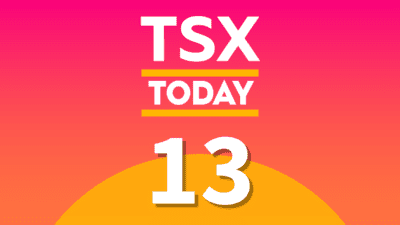Exchange-traded funds, or ETFs, are arguably the best way for beginner investors to gain exposure to the equity market. ETFs are easy-to-understand financial instruments that allow you to generate inflation-beating returns at a low cost.
What is an ETF and how do they work?
Generally, an ETF holds a basket of stocks or bonds that can be purchased by investors on an exchange. You generally buy units of an ETF, which is then used to meet a certain objective. For instance, if you buy shares of a fund that tracks the S&P 500 index, your money will be invested in the 500 largest companies south of the border. Similarly, you can buy technology ETFs or energy ETFs (and much more), depending on factors such as your age, risk appetite, and financial goals.
ETFs are similar to mutual funds, but there are key differences you need to understand. First, you invest a certain amount in mutual funds that are priced once each day. Alternatively, ETFs can be purchased on major exchanges and are as liquid as stocks. Like stocks, the prices of ETFs fluctuate throughout the trading session.
Typically, an ETF tracks a particular index, making it passive in nature. However, there are a few active indices that hire portfolio managers to invest funds. While passive ETFs aim to match an index’s performance, active funds want to beat index returns.
ETFs charge a fee to manage your funds, which are called expense ratios. An ETF with a 1% expense ratio will mean you pay $1 in fees for every $100 you invest. So, it’s better to choose an ETF with a lower expense ratio, which can translate to significant savings over time.
Pros and cons of ETF investing
There are several advantages to investing in ETFs. First, these funds provide low-cost exposure to a variety of stocks, bonds, and other asset classes. Second, these instruments take the guesswork out of investing, allowing you to match index returns over time, which have consistently outpaced inflation.
Third, ETFs are more liquid than mutual funds and can be easily traded via a broking platform. Fourth, investing in the stock market is complicated and requires a lot of time and expertise. ETFs aim to democratize the process of investing and should account for the majority of your investment portfolio.
Alternatively, as ETFs own an assortment of stocks, they don’t offer significant upside potential compared to individual stocks. Moreover, ETFs are low-cost, but they are not free. For example, you don’t have to pay any management fees for owning a stock but do so while investing in ETFs.
Where to invest $500 right now
So, if you have $500 to invest right now, consider allocating the funds to an ETF that tracks the S&P 500 index. The S&P 500 offers exposure to some of the largest companies in the world, such as Microsoft, Apple, Nvidia, Meta, and Amazon.
One TSX ETF that tracks the S&P 500 index is Vanguard S&P 500 Index ETF (TSX:VSP). In the last six decades, the S&P 500 index has returned more than 10% annually after adjusting for dividends. An investment of $500 each month will help you accumulate more than $668,000 over 25 years, given annual returns of 10%.








